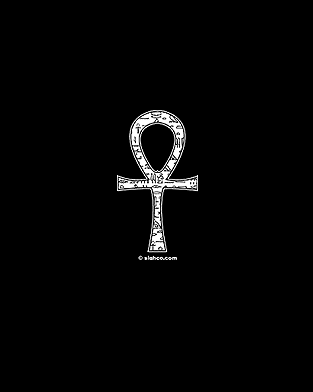Web 2.0
Written by Walid on Saturday, August 02, 2008Many of us heard the term Web 2.0. What is Web 1.0? and what about Web 2.0?
"Web 1.0 is a retronym which refers to the state of the World Wide Web, and website design style before the Web 2.0 phenomenon, and included most websites in the period between 1994 and 2004." -Wikipedia
There is a vast difference between Web 1.0 and Web 2.0. With Web 1.0, the webmaster is responsible of the burden of updating his website to keep his visitots informed and engaged.
Today internet users are looking for more than information, they're searching for an experience. New technology is transforming the way people use the World Wide Web.
Web 2.0 is a marketing term. It's a different way of building applications. The applications are relatively small they can run on any device, PC or mobile phone. They are very fast and customizable.
With Web 2.0, the webmaster shares the responsibility with his internet audience for keeping the website informative and engaging. The website is transforming from a simple static HTML place to store information to a dynamic place where people regularly gather and interact.
This concept have led to the development and evolution of web-based communities and hosted services, such as web forum, social-networking sites, social-bookmarking sites, wikis, blogs, podcasts.. etc.
Here's a list of some Web 2.0 applications:
Start Pages
Get your daily fix of the web with iGoogle. Customizable with a variety of widgets, Google's start page can include regular features such as weather reports as well as fun stuff like Beer of the Day.
Customize your Netvibes start page with the RSS feeds and widgets of your choice. Keep up with the weather, your favorite blogs, what's going on with your social networks and the latest news stories.
With a neat interface, Pageflakes lets you check your email, the weather, upcoming evnts, news and more on both its standard and customizable start pages.
Social Communities
Facebook attempts to bring all the features of social networking - messaging, photos, chat, groups, events and games - together into one web service. Find old friends, colleagues and new acquaintances and never lose touch again.
With Twitter, you can microblog your day, keep up with your friends and track the happenings at big events. Send and receive messages from your mobile phone, IM client or desktop application and never again be out of the loop!
Linkedin is like Facebook for business professionals: Build yourself a business network to give you credibility in job searches and hiring, or use LinkedIn to reconnect or keep in touch with important business connections.
Social Bookmarking Sites
Digg is all about user powered content. Everything is submitted and voted on by the digg community. Share, discover, bookmark, and promote stuff that's important to you!
del.icio.us is a social bookmarks manager. Using bookmarklets, you can add bookmarks to your list and categorize them
StumbleUpon uses thumbs up and down ratings to form collaborative opinions on website quality. When you stumble, you will only see pages which friends and like–minded stumblers have liked
Reddit is a source for what's new and popular online. reddit learns what you like as you vote on existing links or submit your own!
Furl lets you store your favorite online finds and let others discover the cool stuff you've bookmarked. Comment on the content you find and read what other users are saying about your bookmarks.
Photos and Digital Images
Flickr is both a great place to store your photographs and to search for high-quality images.
Picassa is Google's photo sharing service. It comes with excellent software for editing your pictures. Easy, fast uploads make Picasa fun and simple to use.
Collaborative Writing and Word Processing
Google Docs and Spreadsheets lets you create, store and share documents within your Google accountwith Google's free online document management feature.
Writeboard lets users edit documents while still being able to access earlier versions of the same text. Subscribe to RSS feeds of documents' changes and share documents with as many people as you like.
Thinkfree brings the functionality and features of a desktop office application to the Internet, from content creation to storage and collaboration.
Food and Cooking
Imcooked is an entire site dedicated to food, Im Cooked lets members share recipes, make friends, watch cooking videos and learn more about culinary arts without the frills that often come with gourmet food television shows and websites.
With ifoods, you can connect with fellow cooks from across the world, or just browse iFoods' collection of recipes, food-related discussions and blog posts. Enter competitions and prove yourself to be a superior chef!
In the future, I will be talking about Web 2.0 applications.
Cheers!
 | Posted in »
| Posted in »

